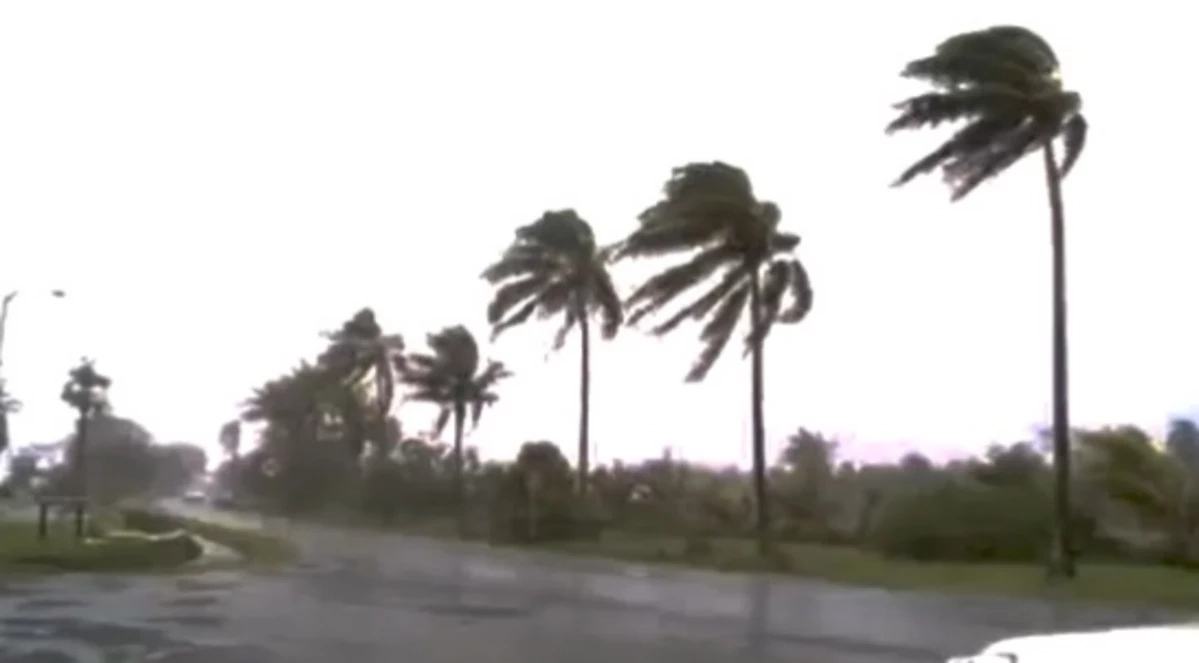Climate Change And Increased Rainfall In Western Massachusetts

Table of Contents
The Impact of Climate Change on Precipitation Patterns in Western Massachusetts
The scientific consensus is clear: climate change is altering precipitation patterns globally, and Western Massachusetts is feeling the effects. Rising global temperatures, driven largely by greenhouse gas emissions, are disrupting the delicate balance of our climate system. This disruption manifests in several ways:
- Rising global temperatures lead to increased evaporation: Warmer temperatures cause more water to evaporate from land and water bodies, increasing the amount of moisture in the atmosphere.
- Warmer air holds more moisture: A warmer atmosphere can hold significantly more water vapor than cooler air. This increased moisture capacity leads to more intense precipitation events when conditions are right.
- Changes in atmospheric circulation patterns affect storm tracks and rainfall distribution: Shifts in jet stream patterns and other atmospheric circulation systems are influencing the frequency, intensity, and location of storms, leading to changes in rainfall distribution across Western Massachusetts.
- Specific examples of how rainfall patterns have shifted in Western MA: We've seen an increase in the frequency of heavy downpours, leading to flash flooding in areas previously unaffected. Seasonal rainfall patterns are also shifting, with some seasons experiencing significantly more rain than in the past, while others become drier. These changes are documented by the National Weather Service and various university research groups studying climate change in the region.
Effects of Increased Rainfall on Western Massachusetts Communities
The consequences of heavier and more frequent rainfall are far-reaching and impact various facets of life in Western Massachusetts communities:
- Increased flooding and its impact on infrastructure: Heavy downpours overwhelm drainage systems, leading to widespread flooding. This damages roads, bridges, buildings, and other critical infrastructure, necessitating costly repairs and causing significant disruption.
- Damage to agriculture and crops due to waterlogging or soil erosion: Excessive rainfall can waterlog fields, suffocating crops and reducing yields. Soil erosion, exacerbated by heavy rains, further depletes the fertility of agricultural lands. This impacts the local economy and food security.
- Public health concerns related to waterborne diseases: Flooding contaminates water supplies, increasing the risk of waterborne illnesses. Standing water also provides breeding grounds for disease-carrying insects like mosquitoes.
- Economic impacts: The damage to property, disruption of business activities, and increased costs associated with repairs and cleanup contribute to significant economic losses. The agricultural sector, particularly, is vulnerable to these impacts.
- Environmental consequences: Increased rainfall can lead to habitat loss and changes in ecosystems. Flooding disrupts natural habitats, harming wildlife populations and altering biodiversity.
Mitigation and Adaptation Strategies for Increased Rainfall in Western Massachusetts
Addressing the challenges posed by increased rainfall requires a multi-pronged approach that combines mitigation and adaptation strategies:
- Improved drainage systems and infrastructure upgrades: Investing in modernized drainage systems and resilient infrastructure is crucial to reduce the impact of flooding. This includes upgrading roads, bridges, and storm drains to handle increased water volumes.
- Sustainable land management practices: Implementing sustainable land management practices like reforestation and wetland restoration helps improve water absorption and reduce runoff. These measures also enhance carbon sequestration and promote biodiversity.
- Community preparedness and emergency response plans: Developing and implementing comprehensive emergency response plans is essential to effectively manage flood events and minimize damage. Community education and drills are critical aspects of preparedness.
- Investing in early warning systems for extreme weather events: Improving weather forecasting and implementing effective early warning systems can give communities crucial time to prepare for impending storms, potentially minimizing damage and loss of life.
- Policy changes to promote climate resilience and adaptation: Policy interventions are needed to incentivize sustainable practices, support infrastructure upgrades, and regulate development in flood-prone areas. This includes promoting green infrastructure and strengthening building codes.
Conclusion: Preparing Western Massachusetts for a Future of Increased Rainfall
The link between climate change, increased rainfall, and its significant impacts on Western Massachusetts is undeniable. The effects on our infrastructure, economy, public health, and environment are substantial and demand immediate attention. Understanding climate change and its impact on increased rainfall in Western Massachusetts is crucial. Take action today by learning more about local initiatives focused on climate change mitigation and adaptation, supporting sustainable practices within your community, and advocating for policies that promote climate action. Let's work together to build a more resilient and sustainable Western Massachusetts for the future.

Featured Posts
-
 Haciosmanoglu Nun Macaristan Ziyareti Detaylar Ve Oenemli Noktalar
May 31, 2025
Haciosmanoglu Nun Macaristan Ziyareti Detaylar Ve Oenemli Noktalar
May 31, 2025 -
 Sustainable Good Life Long Term Strategies For Happiness And Fulfilment
May 31, 2025
Sustainable Good Life Long Term Strategies For Happiness And Fulfilment
May 31, 2025 -
 The Trump Administration And Elon Musk A Broken Partnership
May 31, 2025
The Trump Administration And Elon Musk A Broken Partnership
May 31, 2025 -
 Guelsen Bubikoglu Ndan Tuerker Inanoglu Paylasimi Detaylar Ve Tepkiler
May 31, 2025
Guelsen Bubikoglu Ndan Tuerker Inanoglu Paylasimi Detaylar Ve Tepkiler
May 31, 2025 -
 Creating The Good Life A Roadmap To Purpose And Well Being
May 31, 2025
Creating The Good Life A Roadmap To Purpose And Well Being
May 31, 2025
